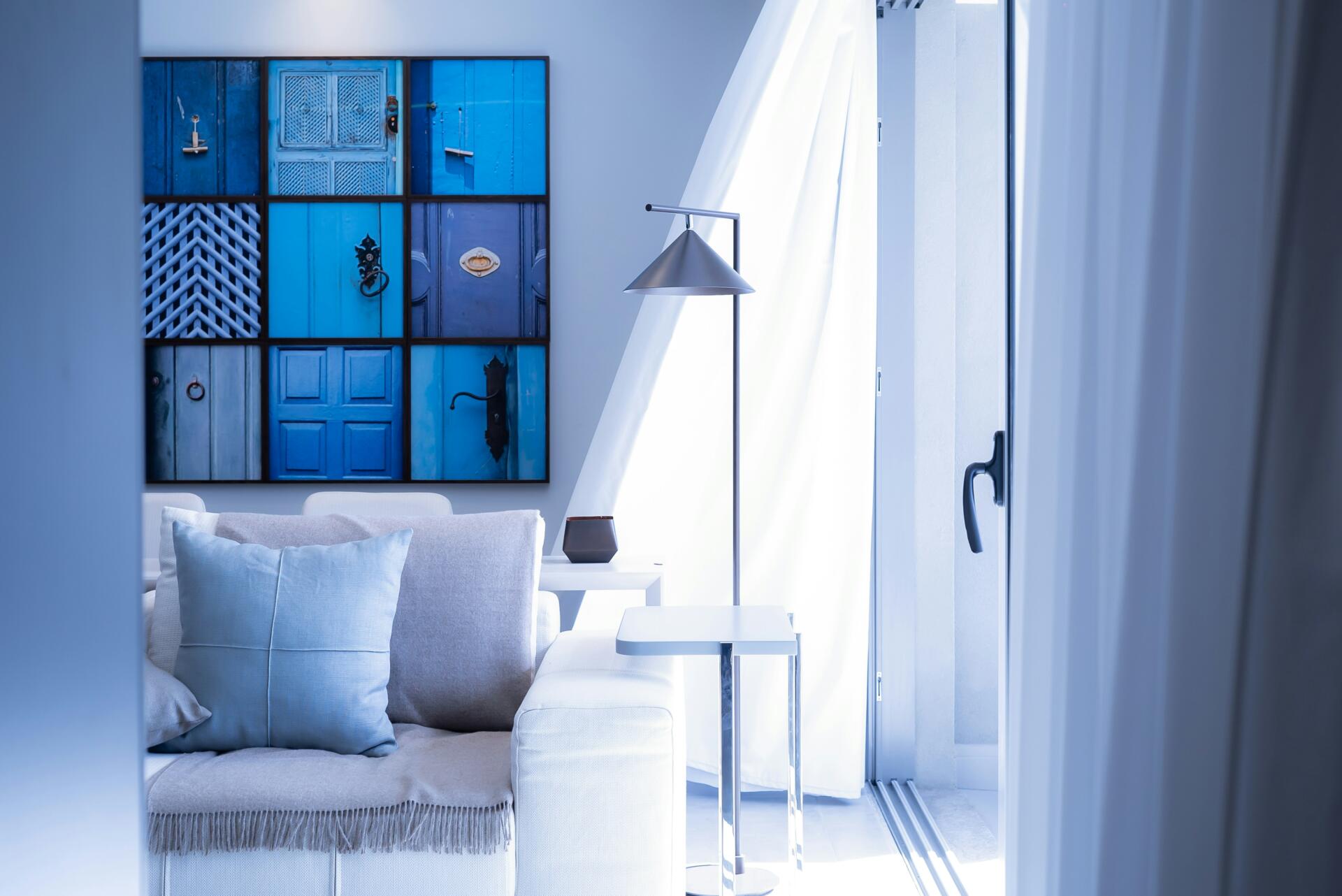Designing the interior of a family home is an endeavour filled with promise, offering the chance to sculpt a space that mirrors your personality while safeguarding the welfare of your loved ones. Amid the pursuit of aesthetics and functionality, safety must reign supreme.
From toddlers to seniors, each member of the household deserves an environment that fosters security. Here’s a comprehensive guide to essential safety considerations when designing the interior of your new family home.
Childproofing
For families with young children or plans to expand, childproofing is non-negotiable. Opt for furniture with softened edges to minimise injury risks from sharp corners. Safety gates should be installed at both the top and bottom of staircases, while heavy furniture and electronics must be anchored securely to prevent tipping accidents. Cabinets and drawers containing hazardous items like cleaning supplies should feature childproof locks.
Flooring
The choice of flooring material significantly impacts safety. Opt for slip-resistant options such as hardwood, laminate, or tiles. If carpeting is preferred, select short-pile varieties to reduce tripping hazards. Proper installation is key to preventing slips.
For expert advice on home safety measures and interior design considerations, visit www.yourcertifiedexpert.com. At Your Certified Expert, professionals can offer invaluable insights and tips to help you create a family home that’s both aesthetically pleasing and safe for all occupants.
Lighting
Adequate illumination is paramount for accident prevention and overall safety. Employ a mix of ambient, task, and accent lighting to ensure uniform brightness throughout the home. High-traffic areas like hallways, stairs, and bathrooms require special attention, especially during night-time navigation.
Electrical Safety
Consult with a certified electrician to ensure compliance with safety standards. Incorporate ground fault circuit interrupters (GFCIs) in moisture-prone zones like kitchens and bathrooms
to mitigate electrical hazards. Utilise tamper-resistant outlets to deter children from meddling with sockets. Additionally, contemplate installing a whole-house surge protector to shield electronic devices from power surges.
Fire Safety
Smoke detectors should be strategically placed on every floor and tested routinely. Consider integrating a monitored fire alarm system for heightened protection. Develop and practice a fire escape plan with all household members, emphasizing the quickest exit routes in emergencies.
Air Quality
Prioritise indoor air quality by selecting low-VOC paints, finishes, and furnishings to minimize harmful emissions. Investing in a high-quality air purifier will aid in the removal of allergens and pollutants, benefiting those with respiratory ailments.
Accessibility
Incorporate features that enhance accessibility for family members with mobility
limitations. Install grab bars and handrails in bathrooms and showers. Ensure doorways and hallways are wide enough to accommodate wheelchairs or walkers. Universal design elements, such as lever-style door handles and rocker light switches, promote ease of use for people of all ages and abilities.
Conclusion
In summary, designing a secure home interior demands meticulous planning and a steadfast commitment to safety. By integrating the aforementioned measures into your design process, you can cultivate a haven where your family can thrive in comfort and security. Remember, in the realm of family home design, safety always takes precedence.

